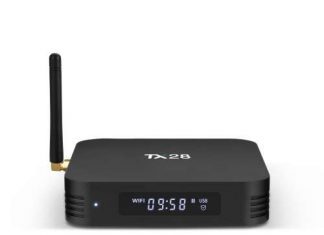From healthcare to tech startups, businesses from a wide range of industries are slowly opting for LMS (Learning Management Systems) to train their employees. Usually, corporate businesses choose an LMS to personalize their training material to align with their business needs.
Personalization is just one of the many benefits of using a learning management system to provide training.
With that said, in order to truly enjoy the benefits of using an LMS, you must first ensure you are using the right LMS.
How do you choose the right LMS?
Here are a few tips:
1. Understand your Requirements:
Before buying a new LMS, businesses should identify their organizational training prerequisites. For instance, you might want to teach the existing employees some additional skills or provide the new hires with compliance training, and your requirements for each would vary widely.
Similarly, there are other factors such as the nature of your courses, number of users, and delivery processes that can affect your decision.
For this reason, it is incredibly important to walk into the process of choosing an LMS with a clear understanding of your needs and requirements.
2. Choosing the Type of LMS:
LMS is no different from other software. Different types of LMS are designed according to learning and industry goals. While all LMS is designed for training purposes, some of them are differentiated in terms of budget and learning goals.
-
Cloud-Based LMS:
Cloud-based LMS comes with different tiers that can be categorized based on feature combination, pricing model, or performance metrics that match your requirements. The cloud provider offers paid and free backups with the option to upgrade. But, if the client wants complete flexibility to make changes in the LMS platform, there is a self-hosted option for them.
-
Self-Hosted LMS:
A self-hosted platform is a web application and is usually available as a licensed product. You need to install a self-hosted LMS and maintain the platform on your own devices for tasks like backing up data or updating the server software. In addition, it gives the option of altering the code to customize the requisites.
3. Pricing Packages:
LMS providers offer different pricing packages. In some cases, you can select the features that align with your training goals and avoid paying for the ones which are not necessary. In others, the free versions of a paid LMS could be an affordable solution for your basic training needs.
If you have followed the advice shared in this guide so far, you will be able to choose an LMS with the right features. Now, it is time to ensure you choose one that you can afford. Most learning management systems, including market leaders like Talent LMS, offer affordable options like charging based on the number of learners. Meaning, your cost of using the LMS will not go up until you are teaching more employees. With a bit of planning, this pricing model can be used to keep the cost of training in control effectively.
4. Prioritize your Needs:
Every LMS user has specific requirements. That’s why you need to segregate your choices between the must-haves and the nice-to-have features. If, for instance, your company does not have an internal IT team for setup and management, you may want to opt for cloud-based LMS. If, on the other hand, you want to keep track of the learning performance of the learners, choose an LMS with robust reporting features.
Conclusion
Choosing a learning management system does not have to be a complex undertaking, as long as you know what to look for. Your objective should be to find an LMS that offers all the features and a pricing structure that are suited to your organizations’ needs and budget.














